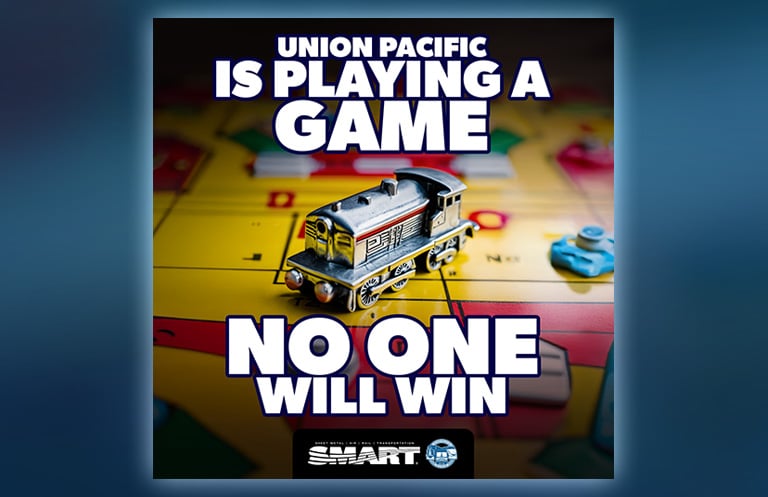
In the golden era of American railroading, more than 100 major railroads crisscrossed the country, powering commerce, competition, and progress.
Today, that number has dwindled to just six: BNSF Railway, Union Pacific, Norfolk Southern, CSX Transportation, Canadian National, and Canadian Pacific Kansas City (CPKC).
Now, at least one of those remaining giants, Union Pacific, is entertaining the prospect of yet another merger.
This would fundamentally shift the balance of power in the U.S. rail system.
Vena’s Vision: A Merger on the Horizon?
In comments featured in Trains Magazine, Union Pacific CEO Jim Vena offered a tantalizing hint: “We’re not looking at anything right now, but we look at everything.”
This casual phrasing tips his hand and suggests that UP, one of the largest and most influential railroads in North America, may soon position itself for a mega-merger.
With UP’s dominant position west of the Mississippi, the only logical partners for such an eastward expansion would be CSX Transportation or Norfolk Southern, the two eastern U.S. Class I railroads. Either would give UP a coast-to-coast footprint, like Canadian Pacific Kansas City’s (CPKC) reach from Canada to Mexico.
However, the implications would be much more profound.
A Domino Effect: From Six to Four
Once Union Pacific moves, BNSF would have little choice but to respond. Warren Buffett’s railway behemoth, long seen as a steady competitor to UP, would be forced to seek its own merger partner to maintain parity. That partner? The remaining East Coast Class I, either NS or CSX.
Just like that, the industry would collapse from six to four Class I freight railroads, two of which would span the entire country, from the Atlantic to the Pacific.
These mega-railroads would wield incredible power over commerce in North America. They would upend everything the railroads and the Association of American Railroads (AAR) claim to support — at least when it suits them: say farewell to capitalism, innovation, and fair competition.
Innovative Ways to Abuse their Power
Ironically, these same railroads routinely tell Congress and the FRA that safety legislation and workplace protections (often spearheaded by SMART-TD) are burdens that stifle their innovation. Yet, when given the freedom to consolidate and eliminate competition, they expect to be trusted to continue to innovate, invest, or improve service? That’s not how it works. Monopoly — not regulation, competition, safety or reliable service — is the enemy of ingenuity.
Related News
- New Jersey Train Length, Crew Size Law Awaits Governor’s Signature
- CSX Conductor, Single Mother Devastated in Head-on Collision
- GP Coleman’s 2025 holiday message to members
- SOFA Safety Alert
- AJFL Scholarship Application Opens Soon
- SMART-TD Applauds FRA and DOT for Strengthening Cross-Border Rail Safety Protections
- Michigan sheet metal worker details impact of canceled project
- Regional Training Seminars coming to St. Paul, Baltimore in 2026
- SMART leaders train to bargain better contracts in Atlanta
- Chicago-area SMART members win big with transit funding bill